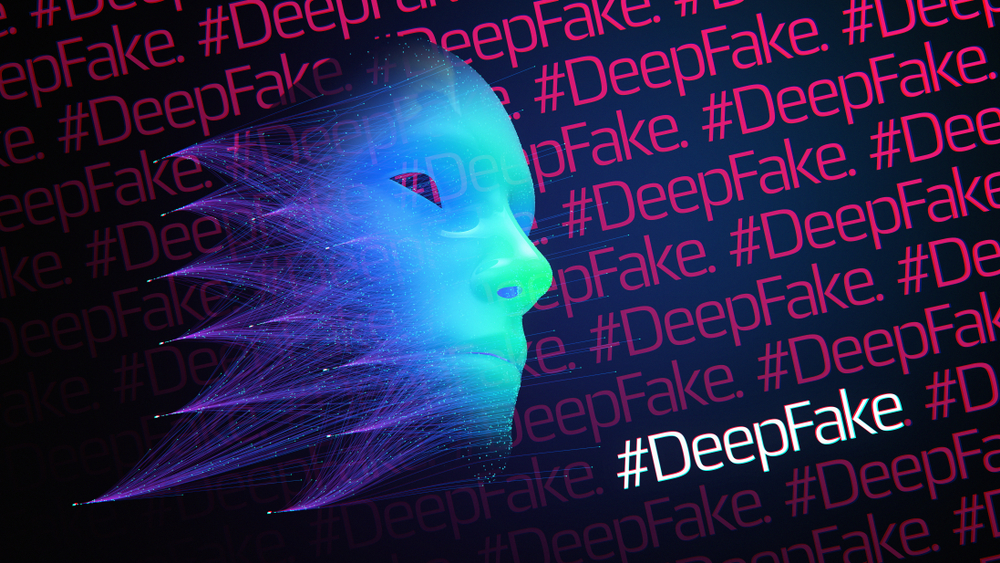Introduction
Generative AI, a subset of artificial intelligence, focuses on creating new content from existing data. This technology has gained significant traction in recent years, transforming industries and revolutionizing the way content is produced. From writing articles and creating artworks to developing marketing materials and even coding, generative AI is reshaping the creative landscape. In this blog, we will explore the opportunities and challenges associated with generative AI in content creation.
Opportunities
1.Enhanced Creativity and Productivity
Generative AI can augment human creativity by providing new ideas and perspectives. For example, AI tools like OpenAI’s GPT-4 can generate article drafts, suggest headlines, and even create poetry. These tools help content creators brainstorm ideas and overcome writer’s block, significantly enhancing productivity (McKinsey & Company).
2.Cost Efficiency
By automating repetitive tasks, generative AI can reduce the cost of content creation. Businesses can generate large volumes of content without the need for a large team of writers or designers. This is particularly beneficial for startups and small businesses with limited budgets (World Economic Forum).
3.Personalization
Generative AI can create personalized content tailored to individual preferences. For example, AI can generate personalized marketing emails or social media posts based on user behavior and preferences. This level of personalization can lead to higher engagement and conversion rates (Deloitte United States).
4.Scalability
With generative AI, businesses can scale their content production effortlessly. Whether it’s generating product descriptions for an e-commerce site or creating news articles, AI can handle large-scale content creation with consistency and accuracy (McKinsey & Company) (Deloitte United States).
Challenges
1.Quality and Originality Concerns
While generative AI can produce content quickly, ensuring quality and originality remains a challenge. AI-generated content may sometimes lack the depth and nuance of human-created content. Additionally, there is a risk of generating repetitive or derivative content, which can affect the uniqueness and originality of the output (World Economic Forum).
2.Ethical and Legal Issues
Generative AI raises several ethical and legal concerns. For instance, who owns the copyright to AI-generated content? Additionally, there is the risk of AI being used to generate misleading or harmful content, such as deepfakes or fake news. Establishing clear guidelines and regulations around the use of generative AI is crucial (Deloitte United States).
3.Bias in AI
AI systems are trained on existing data, which may contain biases. Consequently, generative AI can perpetuate and even amplify these biases in the content it creates. Ensuring fairness and inclusivity in AI-generated content requires continuous monitoring and updating of the training data (World Economic Forum) (Deloitte United States).
4.Dependence on Data
Generative AI relies heavily on the data it is trained on. Poor quality or insufficient data can result in low-quality output. Additionally, the need for large datasets can pose privacy concerns, especially when dealing with sensitive or personal information (McKinsey & Company).
Case Studies
1.Marketing and Advertising
Generative AI is widely used in marketing and advertising to create personalized ad copies, social media posts, and email campaigns. For instance, Phrasee uses AI to generate and optimize email subject lines, resulting in higher open rates and engagement (World Economic Forum).
2.Journalism
AI tools like GPT-4 are used by news organizations to generate news articles, summarize reports, and even create multimedia content. This helps journalists focus on more complex tasks while AI handles routine reporting (McKinsey & Company).
3.Art and Design
Artists and designers are leveraging generative AI to create unique artworks, music, and designs. Platforms like DeepArt and Amper Music allow creators to use AI to generate art and music, pushing the boundaries of creativity (Deloitte United States).
Future Prospects
The future of generative AI in content creation looks promising. As AI technology continues to evolve, we can expect more advanced and sophisticated tools that can create high-quality, original content. The integration of AI with other emerging technologies like virtual reality (VR) and augmented reality (AR) could further revolutionize the content creation landscape (World Economic Forum) (Deloitte United States).
Conclusion
Generative AI is transforming the way we create content, offering numerous opportunities for enhanced creativity, cost efficiency, personalization, and scalability. However, it also poses significant challenges, including quality concerns, ethical issues, bias, and data dependence. By addressing these challenges and leveraging the potential of generative AI responsibly, we can unlock new possibilities in content creation and drive innovation across various industries.



